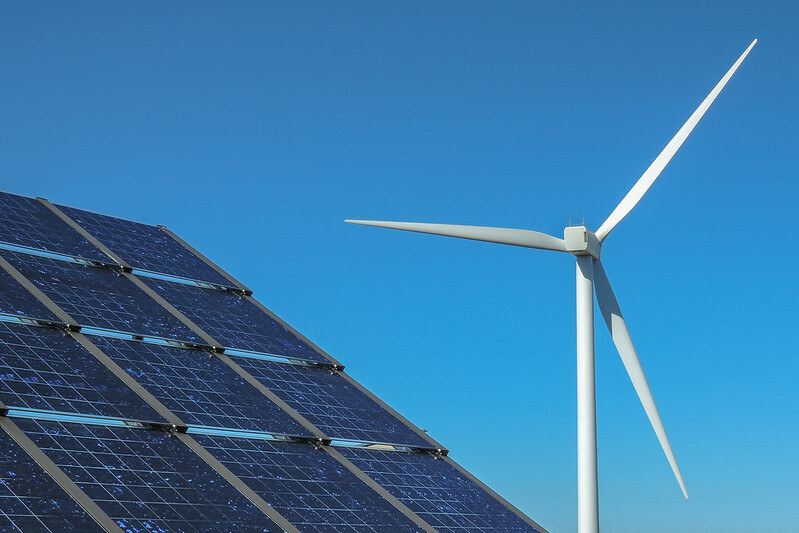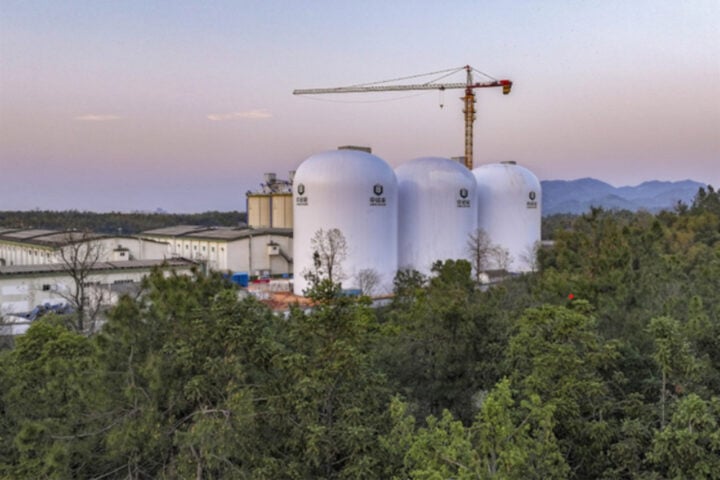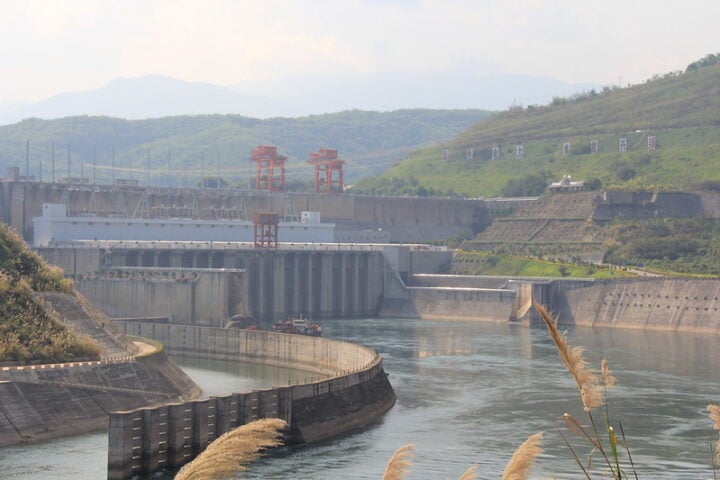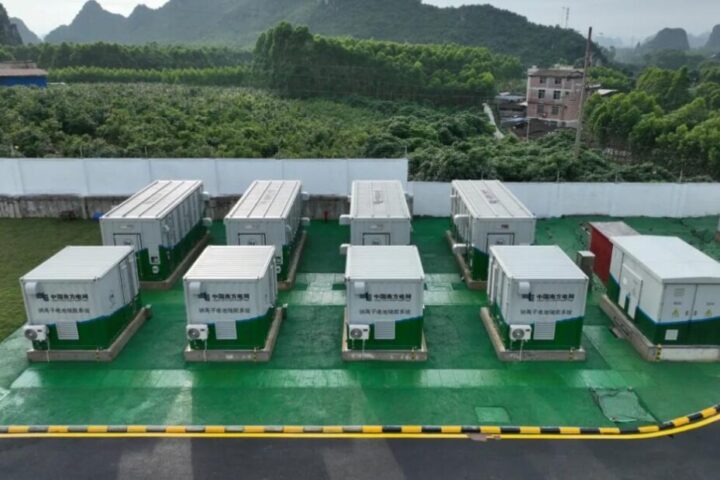China has crossed a major energy threshold – wind and solar power capacity now exceeds thermal power for the first time in the country’s history.
Official data released by China’s national energy administration shows that by March 2025, wind and photovoltaic power capacity reached 1.482 billion kilowatts, surpassing thermal power’s 1.451 billion kilowatts. This shift arrives as China pushes toward its carbon reduction goals while managing its energy security needs.
Ahead of Schedule
China met its 2030 target of 1,200 gigawatts of wind and solar capacity nearly six years early. The country added a record 357 gigawatts of wind and solar in 2024 alone – ten times more than U.S. additions during the same period.
“This trend is very likely to continue in the following months and quarters in 2025,” said Yao Zhe, Global Policy adviser at Greenpeace East Asia. The change suggests China’s power sector is undergoing “structural change and the sector’s carbon emissions are one small step away from peaking.”
Power Generation Reality Check
Despite leading in capacity, renewables still lag in actual power generation. Wind and solar accounted for 22.5% of electricity delivered to consumers in Q1 2025, though they represent over half of total installed capacity.
David Fishman, senior manager at the Lantau Group, cautions against direct comparisons: “The intermittency of variable renewables like wind and solar… means it’s generally inappropriate to compare them to firm, dispatchable power sources like coal.”
Grid Integration Challenges
Grid access remains problematic. The French investment group Natixis reports that China has “front-loaded” new renewable capacity at home partly due to decreasing overseas demand for its turbines and panels. However, Chinese grids aren’t fully equipped to handle this surge, resulting in wasted wind and solar energy.
Similar Posts
Coal’s Continuing Role
Despite renewable growth, coal remains central to China’s energy strategy. The country began construction on 94.5 gigawatts of coal-fired power projects in 2024 – 93% of the global total, according to a February report from the Centre for Research on Energy and Clean Air and Global Energy Monitor.
China’s coal production has steadily increased from 3.9 billion tons in 2020 to 4.8 billion tons in 2024. Officials frame new coal projects as providing “baseload” support for intermittent renewable sources.
Climate Commitments
President Xi Jinping reaffirmed on Wednesday that “no matter how the international situation changes,” China’s climate change efforts “will not slow down.”
Xi also announced China would update its greenhouse gas reduction commitments before COP30 in November, expanding them to cover all greenhouse gases, not just carbon dioxide.
China aims to peak carbon emissions before 2030 and achieve carbon neutrality by 2060. However, Lauri Myllyvirta, senior fellow with the Asia Society Policy Institute, warns that China remains “badly off track” on its targets and that new coal plants could “crowd out” clean energy.
“After several years of slow progress, delivering China’s headline commitment under the Paris agreement will be difficult,” Myllyvirta noted in a report published by Dialogue Earth.

Manufacturing Dominance
Since 2013, China’s wind power installed capacity has grown sixfold while solar power capacity has surged more than 180 times. China now builds almost twice as much wind and solar capacity as all other countries combined, with its annual new installations accounting for over 40% of the global total.
For China, balancing renewable growth with its economic expansion presents ongoing challenges. Energy consumption grew 4.3% last year, and covering this growth with renewable power remains complicated for “a developing country with a huge heavy industrial segment,” according to Fishman.
As renewable capacity continues to expand, the struggle to integrate these new energy sources while managing coal dependencies will determine how quickly China can meet its climate goals – and how the global energy transition unfolds.

















![This image taken from video animation at Beijing Aerospace Control Center (BACC) on June 2, 2024 shows the lander-ascender combination of Chang'e-6 probe landing on the far side of the moon. [Photo/Xinhua]](https://www.karmactive.com/wp-content/uploads/2024/06/spp.jpeg)
